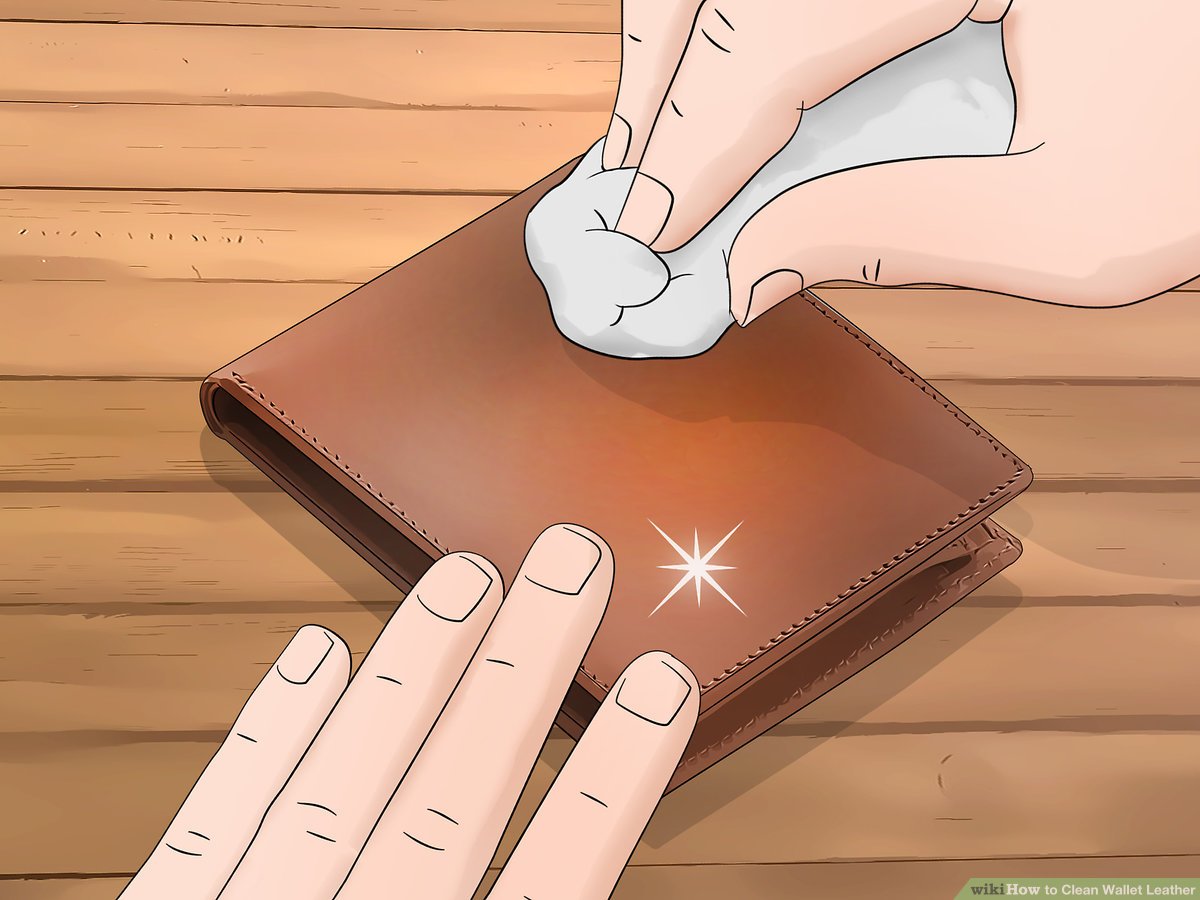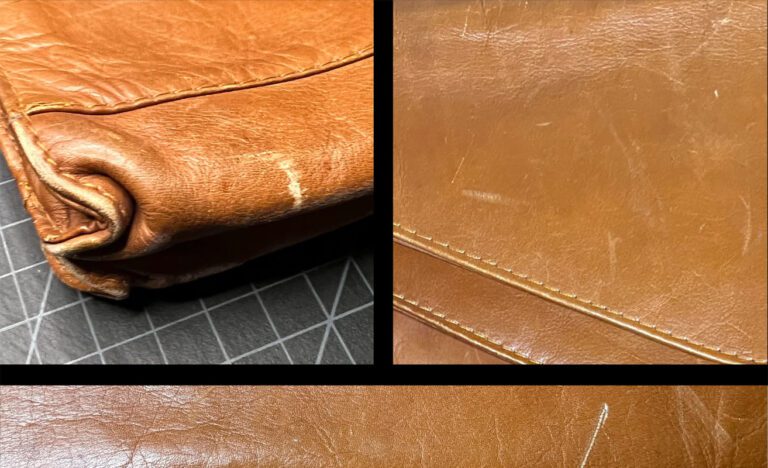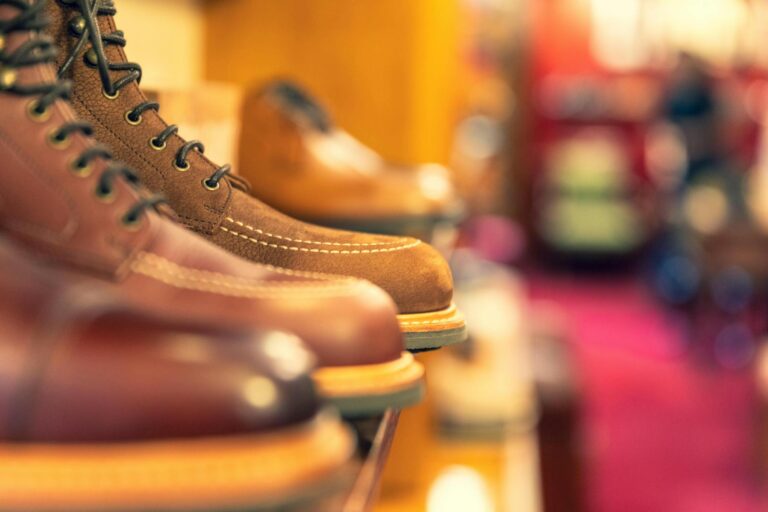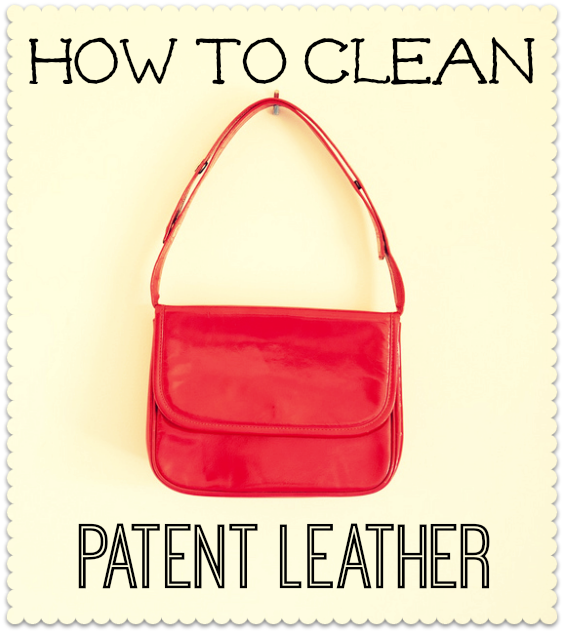How to Wash a Leather Wallet Without Damage
Cleaning Leather Wallets
Leather wallets are timeless accessories that require regular cleaning to maintain their beauty and integrity. With the right knowledge and techniques, leather wallet owners can ensure their wallets remain in excellent condition for years.
Importance of Cleaning Leather Accessories
Cleaning leather accessories, such as wallets, is essential to prevent cracks, dryness, and damage. Over time, dirt, oils, and other debris can accumulate on the leather’s surface, leading to wear and tear. Regular cleaning helps to:
- Prolong the lifespan of the wallet
- Maintain the wallet’s appearance
- Prevent stains from setting in
According to The Spruce, leather wallets can hold up year-after-year with simple, monthly cleanings. This practice makes them easier to clean compared to fabric alternatives.
Best Practices for Maintaining Leather Wallets
To keep leather wallets in pristine condition, it’s important to follow best practices for cleaning and maintenance:
- Clean Regularly: Schedule monthly cleanings to remove dirt and oils.
- Use Mild Cleaners: Avoid harsh chemicals that can damage the leather. Opt for a mild soap solution or specialized leather cleaner.
- Condition the Leather: Apply a leather conditioner to keep the wallet flexible and resistant to stains. A DIY conditioner can be made by mixing 1 part white vinegar with 2 parts linseed oil (The Spruce).
- Avoid Excessive Water: While washing may be necessary, submerge the wallet in water sparingly and always follow up with proper drying techniques.
| Best Practice | Description |
|---|---|
| Clean Regularly | Monthly cleanings to prevent buildup |
| Use Mild Cleaners | Mild soap or leather-specific cleaners |
| Condition | Leather conditioners to maintain flexibility |
| Avoid Excess Water | Proper washing and drying techniques |
For more detailed information on how to wash a leather wallet, follow our step-by-step guide.
By incorporating these best practices into your routine, you can ensure your leather wallet stays in top condition. For additional care tips, check out our how to dry a leather wallet and how to shrink a leather wallet articles. By following these tips, your wallet will not only look great but will also remain functional for years.
How to Wash a Leather Wallet
Proper care is essential to maintain the appearance and longevity of your leather wallet. Here, we discuss methods for preparing, washing, and conditioning your wallet without causing damage.
Preparing the Leather Wallet for Washing
Before starting, it’s crucial to prepare your leather wallet correctly:
- Remove all contents: Take out any cards, cash, and other items to avoid transferring color or causing damage.
- Brush off dirt and debris: Use a soft brush or cloth to remove loose dirt from the surface of the wallet.
- Wipe with a damp cloth: Lightly moisten a cloth with water and gently wipe the wallet to remove surface grime.
For a soft black aniline leather wallet, it is recommended to wash it gently, briefly, and using cool water. This helps preserve its shape and stitching.
Washing Different Types of Leather Wallets
Washing methods vary depending on the type of leather:
- Aniline Leather Wallets:
- Fill a bowl with cool water and a small amount of gentle soap.
- Dip a soft cloth in the soapy water, wring it out, and gently wipe the leather.
- Avoid soaking the leather directly in the water.
- Other Leather Wallets:
- Fill a basin with warm soapy water.
- Quickly dip the wallet in and out of the water to avoid prolonged exposure.
- Ensure all parts of the wallet are cleaned evenly.
- Rinse the wallet quickly with clean water.
It’s essential to approach washing leather with caution to avoid damage. If unsure, consulting a professional is recommended (Manuel Dreesmann).
Drying and Conditioning After Washing
Proper drying and conditioning are vital for leather care:
- Drying:
- Pat the wallet dry with a clean towel to remove excess water.
- Allow the wallet to air dry naturally away from direct sunlight or heat sources.
- Flex and stretch the wallet gently while drying to maintain its shape.
- Conditioning:
- Once dry, apply a leather conditioner to restore moisture.
- Use a soft cloth to apply the conditioner evenly across the wallet’s surface.
- Allow the conditioner to absorb completely before using the wallet again.
After washing with soap, immersing the wallet in water with fabric fresheners for an hour, followed by airing it out in sunlight for a day and then leaving it outside in the wind at night is advised.
For more tips, refer to our guide on how to dry a leather wallet and explore products designed specifically for leather wallet care. Proper maintenance ensures your wallet remains in top condition, looking great and lasting longer.
Addressing Stains on Leather Wallets
Stains on leather wallets can be daunting, but with the right techniques, they can be effectively managed. Whether it’s ink, grease, or other stubborn stains, understanding how to approach these blemishes is crucial for how to wash a leather wallet.
Removing Ink Stains from Leather
Ink stains on leather can be concerning, yet manageable with prompt action and the correct products (Manuel Dreesmann). Here’s a step-by-step guide:
- Blot the Stain: Immediately blot the stain with a clean, dry cloth. Do not rub.
- Apply Cleaning Solution: Use a leather-safe cleaning product. Test on an inconspicuous area first.
- Use a Cotton Swab: Dip a cotton swab in rubbing alcohol and gently dab the stain.
- Wipe and Dry: Wipe away the residue with a damp cloth and allow to air dry.
- Condition the Leather: Apply a conditioner to keep the leather supple.
Dealing with Grease Stains on Leather
Grease stains on leather wallets might seem challenging due to the oily nature of grease. Nonetheless, with patience and proper techniques, these stains can be effectively eliminated (Manuel Dreesmann). Follow these steps:
- Blot Excess Grease: Use a clean cloth to blot up as much grease as possible.
- Apply Cornstarch or Talcum Powder: Sprinkle a generous amount on the stain and let it sit overnight.
- Brush Off Powder: Use a soft brush to remove the powder.
- Use a Leather Cleaner: Apply a small amount of leather cleaner and wipe with a soft cloth.
- Condition the Leather: Always finish by conditioning the leather to maintain its quality.
General Stain Removal Tips for Leather Wallets
For other common stains, follow these general tips to keep your leather wallet in top condition:
- Act Quickly: The sooner you treat the stain, the easier it is to remove.
- Use the Right Products: Always use products specifically designed for leather.
- Test First: Before applying any product, test a small, hidden area of the wallet.
- Blot, Don’t Rub: Gently blot the stain to avoid pushing it deeper into the leather.
- Condition Regularly: Regular conditioning helps maintain the leather’s texture and appearance.
For more detailed guidance on maintaining and caring for leather wallets, our articles on how to dry a leather wallet and how thick leather for wallet provide useful insights. Understanding the materials, such as whether are coach wallets real leather or are fossil wallets real leather, can also influence the cleaning method chosen.
Preventing Water Damage and Storage Tips
Effective preventative measures are crucial to maintain the longevity and appearance of a leather wallet. This section explores how to safeguard your leather wallet from water damage and provides best practices for storage.
Protecting Leather from Water Damage
Leather, while highly durable, is susceptible to damage when exposed to water. According to Leather Honey, water exposure can strip leather of its natural oils, leading to dryness, brittleness, and cracking. To protect your leather wallet from water damage:
- Waterproofing Products: Use waterproofing products such as beeswax or mink oil. These products create a barrier on the leather surface, repelling water and preventing absorption.
- Regular Conditioning: Condition the leather at regular intervals using leather conditioners like Leather Honey. This helps maintain the leather’s natural oils and forms a protective layer that safeguards against water damage (Leather Honey).
Proper Storage Techniques for Leather Wallets
Storing your leather wallet correctly is essential to prevent damage and maintain its quality. Here are some storage tips:
- Avoid Plastic Bags: Do not store leather wallets in plastic bags as they can trap moisture and lead to mildew.
- Use Breathable Materials: Store the wallet in a dust bag, old pillowcase, or cotton bag to prevent dust accumulation and allow the leather to breathe.
- Cool and Dry Place: Keep the wallet in a cool and dry location, away from direct sunlight and heat sources. Excessive heat can dry out the leather, while humidity can cause mold and mildew.
Waterproofing and Wear Prevention
In addition to waterproofing products, there are a few more steps you can take to prevent wear and tear:
- Avoid Overstuffing: Do not overstuff your wallet, as this can stretch the leather and cause it to lose its shape.
- Regular Maintenance: Clean your wallet regularly using a damp cloth and mild soap. Follow up with a leather conditioner to keep it supple and protected.
Example Table: Comparison of Waterproofing Products
| Product | Protection Level | Application Frequency | Key Benefits |
|---|---|---|---|
| Beeswax | High | Every 3 months | Creates a strong barrier, natural product |
| Mink Oil | Moderate | Every 4-6 months | Softens leather, hydrates |
| Commercial Waterproof Spray | Varies | Every 1-2 months | Easy application, quick drying |
For additional tips on caring for and storing your leather wallet, visit related guides such as how to dry a leather wallet and how to wash a leather wallet.
By taking these precautions, you can ensure that your leather wallet remains in excellent condition, preserving its look and functionality for years to come.







